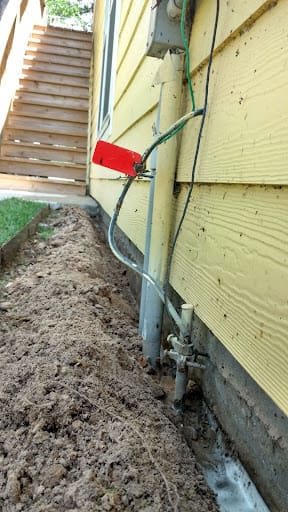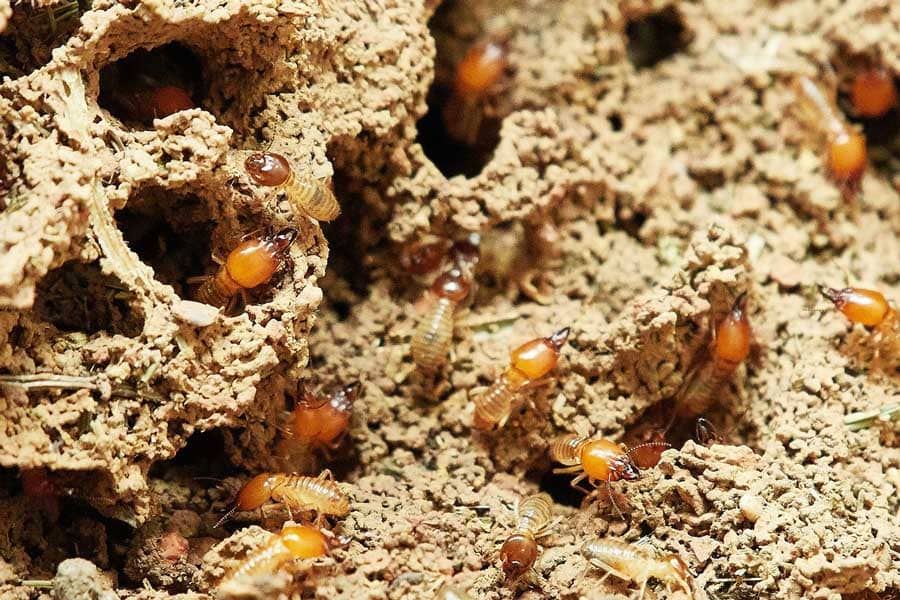Do I need termite treatment?
Termite infestation has long troubled homeowners for generations. In 1960, the US Government first published a Termite Infestation Probability Map that identified the varying zones of approximate termite risk.
The approximate termite hazards were listed as Region I: Very Heavy; Region II: Moderate to Heavy; Region III: Slight to Moderate; and Region IV: None to slight. Early maps did not include Hawaii and Alaska. Currently, Hawaii is in Region I, and Alaska is in Region IV.
In general, geographic regions in the country’s Southern areas are more susceptible to termite damage than the Northernmost areas because termites thrive in warm, humid climates.
Termites have been found in every state of the Union except Alaska. The risk of infestation probability changes depending on the climate in which you live. If you are in the South, Southeast, West, and Southwestern parts of the United States, there is a high probability that you will need termite treatment of some sort. However, unless you live in Alaska, it is advisable in all regions to be proactive and prepared to mitigate the risk of termite damage and know what to do in the event you suspect termites might have put your home at risk.

If you notice any of these warning signs, taking immediate action is important to prevent further damage to your property. Evidence of termites could include:
- Mud tubes on wood walls, beams, or in crawl spaces
- Sticking Windows
- Shed Termite Wings
- Baseboards that crumble under slight pressure
- Termite Fecal pellets
If you notice this evidence around your property, you need to take immediate action to prevent additional damage. It is estimated that termites cause $5 billion in property damage each year, causing incredible silent damage to homes across the country.
If you don’t have current evidence of termite treatment, there are some basic preventative measures you can take to help protect your property against termite damage.
- Fire Wood At Least 8 Feet Away From Your Home
- Bushes and Landscaped Foliage At Least 20 Inches Away From Your Home
- Shrubs and Grass Trimmed So That It Doesn’t Touch Your Home
- Moisture Free Foundation
- Soil covering the foundation.
Remember, termites don’t just eat wood but also anything with cellulose. This could include paper on sheetrock, paper on insulation, cabinets, furniture, linoleum backing and even cotton clothing.
Does Termite Treatment Kill Other Bugs?

Some Termite Treatment products can kill other bugs that are present in the application area at the time of service. Especially if you have your house fumigated, drywood termites, ants, cockroaches, beetles, and bedbugs will likely be exterminated at the same time. However, termiticides are designed with the express intent to kill termites, and the incidental benefits of killing other bugs should not be relied upon to get rid of different pests on the property.
Is Termite Treatment Safe For My Family And Pets?

Whenever you have pest control treatment, you must consider the safety of your family and pets. For your pets, be sure to ask your technician the type of termiticides they will be using and consult your veterinarian for best practices for your pet. Remember, if it is not safe for you and your family to be in the home during treatment, it is not safe for your pet either.
Even when formulas are deemed safe for humans, our pets are (usually) much smaller, and exposure to poisons can impact their systems differently than human systems. Therefore, it might be necessary to take additional precautions to protect your pets, depending on the nature of your pest control service.
How Long Does Termite Treatment Last?

Most liquid termite treatments can last up to five years. However, if you live in a high-risk zone, it is crucial to have an annual inspection to ensure that there is no new termite activity at your home. In addition, some formulations are known only to be effective for one year. So rather than risk the massive damage that termites can cause, it is much more cost-effective to be proactive and maintain a regular pest control evaluation and treatment schedule to protect your home against termite damage.
Can Termites Come Back After Treatment?

Sadly, yes, termites can come back after treatment. Post-termite swarms can happen up to four weeks post-treatment, but know that if you see swarms, it doesn’t mean that the termiticide was not successful. That is because termite treatment targets the worker termites, and what you see flying around are called alates, mature termites looking for mates. The alates do not eat wood, unlike their worker termite counterparts, so they are a nuisance but not a structural risk. If you see termites flying in your home after treatment, it is advisable for the pest company who provided your service to confirm that they are not worker termites and help you take care of the pest nuisance.
Termites are the most destructive insects to human structures and cause billions of dollars in damage each year. Often, damage can be avoided with diligent assessment and treatment. Damage can be mitigated if the presence of termites in your house is caught earlier enough and eliminated.

